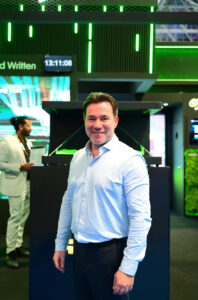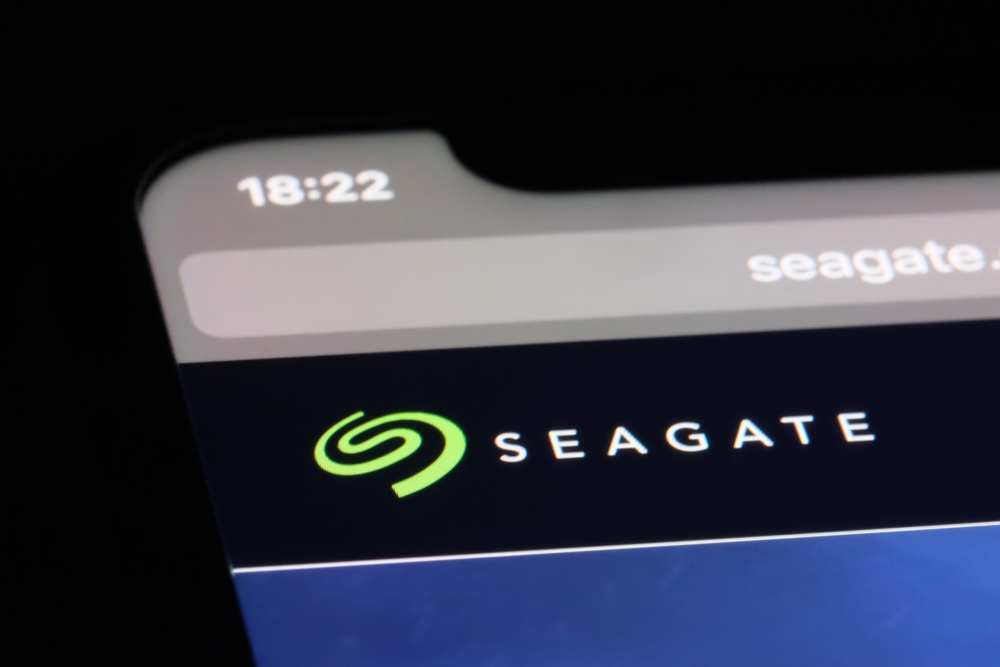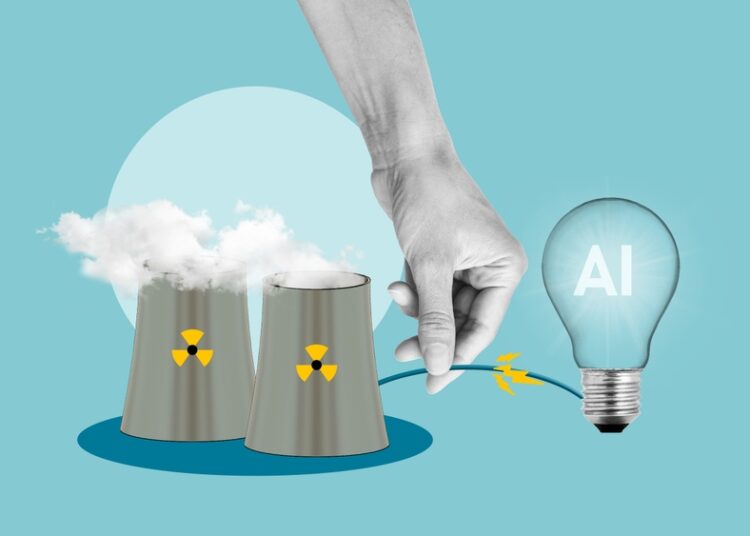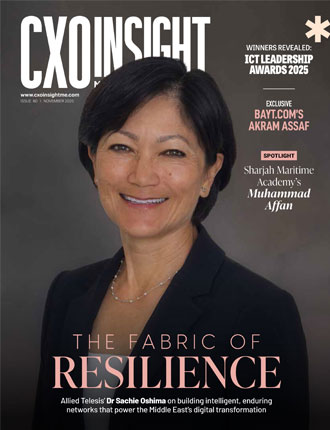As a hard drive vendor, how do you see the growing popularity of Flash?
Flash and HDDs will continue to coexist. Flash is ideal for high-performance tasks, while hard drives excel in providing mass-capacity storage. Recently, we introduced a 30 TB hard drive and outlined our capacity roadmap for the year. The hard drive industry will persist in focusing on capacity, offering high capacities at a low cost of ownership and ensuring scalability. On the other hand, flash storage functions more like your system’s cache—fast but considerably more expensive.
Our primary focus is on data storage, which revolves around capacity and scalability. If we examine major data centers or hyperscalers globally, approximately 90% of their storage relies on hard drives rather than flash technology.
We’ve recently unveiled a 30 TB capacity, marking just the beginning of our journey. It took us nine years to double our capacity previously, but now we’re poised to achieve that within four years. While I won’t specify a date, our aim is to push boundaries, reaching 40 TB and beyond. Soon, you can expect more frequent launches of new platforms boasting high capacity.
What do you mean by self-healing storage?
We refer to it as “plug in and forget it.” When our Exos drives power your system, they seamlessly collaborate. In the event of a drive or platter failure, the remaining drives join forces to maintain system performance, redistributing data from the affected platter. This process is self-healing, ensuring minimal disruption. Moreover, you don’t need to access the rack to replace the drive manually. Self-healing significantly reduces the total cost of ownership and minimizes the need for personnel to handle replacements or repairs.
You have showcased HAMR technology at Intersec. Could you elaborate on it further?
HAMR, or Heat-Assisted Magnetic Recording, represents a breakthrough technology that enables a significant leap in data storage capacity on hard drives. It leverages an innovative magnetic media technology on each disk, enabling data bits, or grains, to be densely packed in smaller sizes while maintaining magnetic stability. We have incorporated this technology into our next-generation platform.
We embraced HAMR technology years ago when it was considered a holy grail for the industry. However, it required substantial investment to truly make it our own. We’ve dedicated significant resources to its development, integrating it into our next-generation platform. With HAMR technology as our foundation, we’ve established a new baseline of 30 TB capacity, from which we anticipate exponential growth in the coming years.
How many surveillance cameras can be supported by your video hard drives?
It’s not solely about the drive’s ability to support a certain number of cameras; it’s about the entire infrastructure, spanning from the cameras to the software. When we discuss security, data collection is paramount, and this data needs to be stored effectively. Subsequently, action must be taken with the data, often facilitated by AI technologies. Historically, video footage would be stored for a set period according to local legislation and discarded. However, the paradigm has shifted; we now seek to extract value from the data rather than discard it. This is where AI plays a crucial role, which we leverage in our products.










Discussion about this post